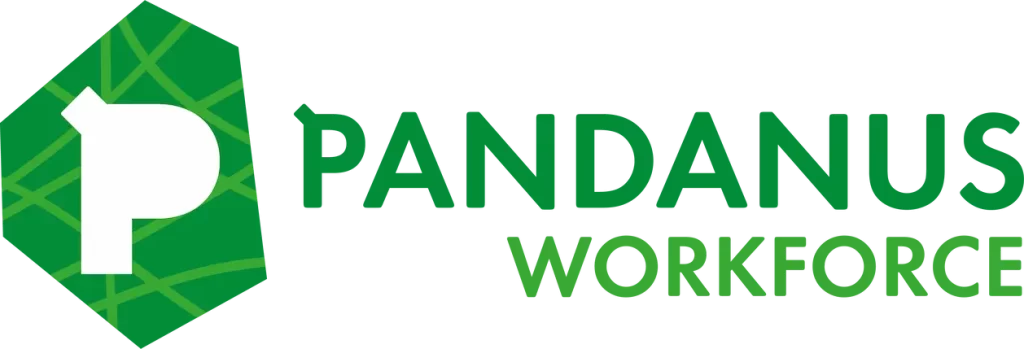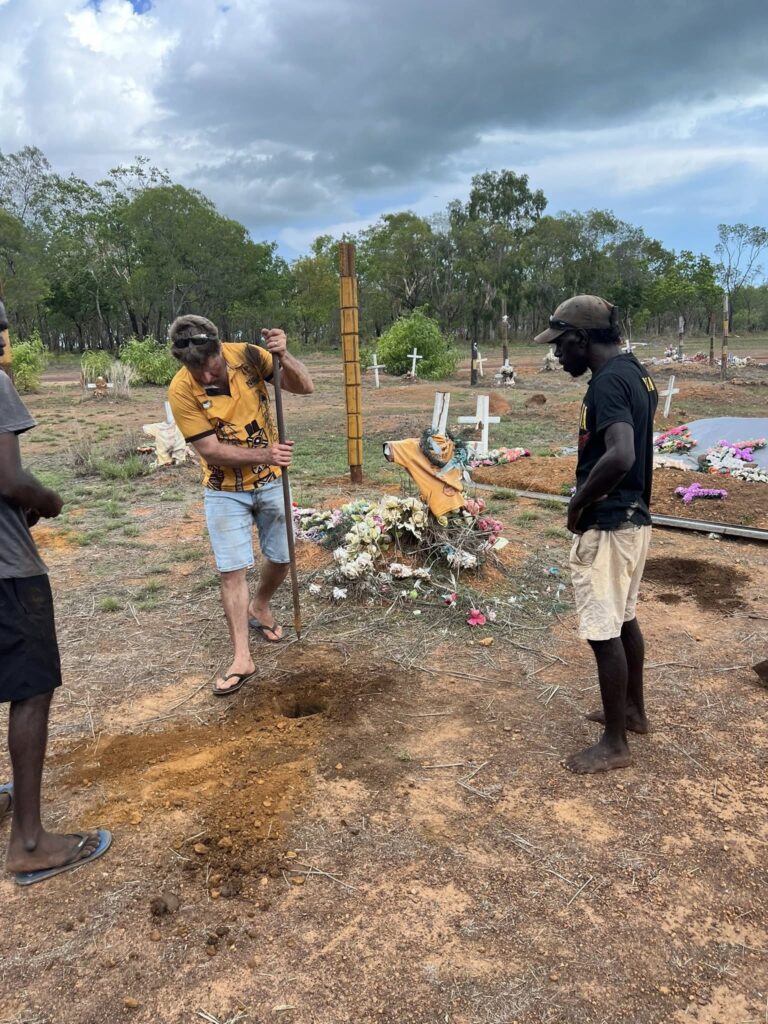The countdown to the 2032 Brisbane Olympics has begun — and for Tier 1 construction contractors, the race is already well underway.
As Queensland prepares to host one of the world’s most watched sporting events, the construction sector faces a challenge like no other: delivering major infrastructure projects within immovable deadlines, ahead of the mandated Olympic construction blackout. With heightened scrutiny, fixed budgets, and a razor-thin margin for error, the pressure is mounting — and only those with precision planning, agile delivery models, and strong workforce strategies will cross the finish line in time.
The High-Stakes Environment of Olympic Infrastructure
From athlete villages and stadium upgrades to transport interchanges and tourism infrastructure, the pipeline of Olympic-related projects is vast and varied. According to the Queensland Government, more than $7 billion is being invested in major works across Brisbane and surrounding regions. But the real challenge isn’t just the scale — it’s the speed.
With construction set to pause months before the opening ceremony due to logistical, safety, and public perception concerns, Tier 1 builders are under unprecedented pressure to meet deadlines with no wiggle room.
What Is the Brisbane 2032 Construction Blackout?
The Olympic construction blackout refers to the period in the lead-up to the Games when all non-essential construction works must cease. This is to reduce disruptions, ensure public safety, and maintain a clean, accessible city environment. For contractors, this effectively sets a hard stop on all Olympic-related construction works — likely six to twelve months before the event begins.
While the final blackout dates are yet to be confirmed, Tier 1 contractors are already factoring in these restrictions, knowing that failure to deliver before the cutoff could mean delayed handovers, contract breaches, and reputational damage.
Key Pressures Facing Tier 1 Contractors
- Compressed Timelines and Non-Negotiable Deadlines
Tier 1 builders are used to delivering under pressure — but the Olympics takes it to another level. These projects don’t allow for the usual slippage or variations. Program overruns won’t be tolerated when national pride and global attention are at stake.
Many projects must be completed months before the Games, to allow for operational testing, workforce training, and final inspections. That means Tier 1s must back-schedule with absolute precision — often starting earlier, running longer hours, and increasing workforce capacity.
- Resource Competition and Workforce Constraints
The Queensland infrastructure boom — driven by the Olympics, housing targets, transport upgrades, and renewables — has created a fiercely competitive Labour market. Tier 1 firms are fighting over a finite pool of skilled workers, subcontractors, and supervisors.
With major projects often requiring hundreds of boots on the ground daily, finding and retaining qualified tradespeople, plant operators, and safety officers is becoming one of the biggest delivery risks in the pre-Olympic environment.
- Supply Chain Volatility
Global supply chain delays, rising material costs, and long lead times for critical components (like steel, glass, and precast elements) are forcing Tier 1s to rethink procurement timelines. Any delay in materials could cascade across project schedules — especially when working to an immovable Olympic deadline.
Smart contractors are engaging in early procurement, diversifying supplier networks, and pre-ordering long-lead items, even before designs are fully locked in.
- Heightened Community and Government Scrutiny
Olympic infrastructure doesn’t just need to be functional — it needs to reflect world-class standards. That means Tier 1 builders are operating under a magnifying glass, with government, media, and the public closely watching timelines, costs, quality, and community engagement.
Transparent communication, stakeholder management, and proactive risk mitigation are no longer optional — they’re critical to staying in the race.
How Tier 1 Contractors Are Staying Ahead
To navigate these challenges, leading construction firms are leveraging a mix of innovation, strategic partnerships, and agile delivery models. Some of the most effective strategies include:
- Fast-Tracking Through Early Contractor Involvement (ECI)
Tier 1s are increasingly being brought into projects early through ECI models — allowing them to shape constructability, reduce design clashes, and fast-track critical paths before full approvals are in place. This early integration significantly de-risks delivery and shaves months off the schedule.
- Scaling Workforce Through Strategic Labour Partnerships
With Labour demand outstripping supply, Tier 1 contractors are forming long-term partnerships with workforce providers who understand the local landscape and can scale rapidly across multiple sites. These partnerships provide access to vetted, ready-to-work personnel — helping to avoid recruitment bottlenecks and last-minute Labour shortages.
- Modular and Off-Site Fabrication
To counter site congestion and time constraints, many projects are incorporating modular and off-site construction methods. Precast elements, modular amenities, and pre-assembled structural components are being fabricated off-site, transported, and installed with surgical precision — reducing on-site Labour and improving program certainty.
- Digital Twin and Project Monitoring Tech
Real-time visibility is key to managing such high-pressure projects. Tier 1 firms are using digital twin technology, drone progress tracking, and predictive project analytics to keep programs on track and make faster, data-driven decisions when delays arise.
The Window Is Closing
The 2032 Olympics is a once-in-a-generation opportunity — and a once-in-a-generation challenge. The construction blackout isn’t just a deadline; it’s a finish line. And Tier 1 contractors must be sprinting now, not pacing.
With the eyes of the world on Brisbane, only those who adapt, innovate, and mobilise at scale will deliver the legacy infrastructure this city deserves.






